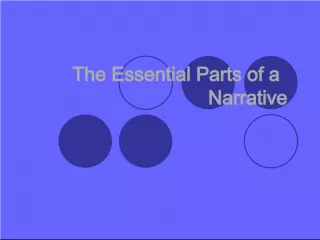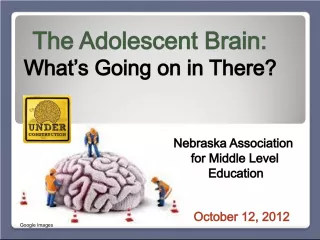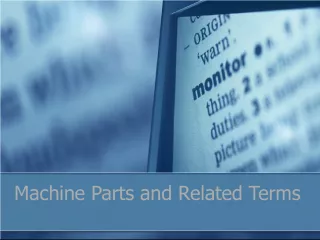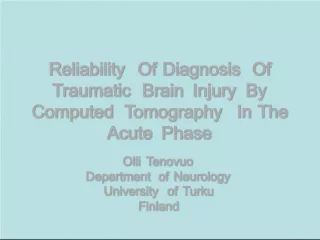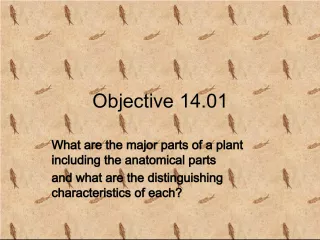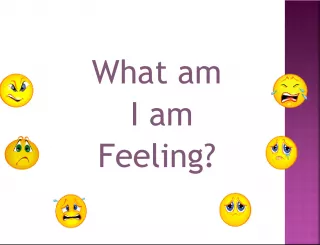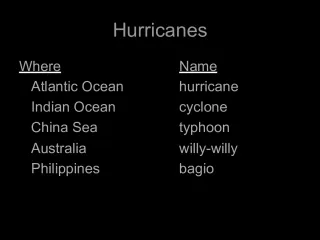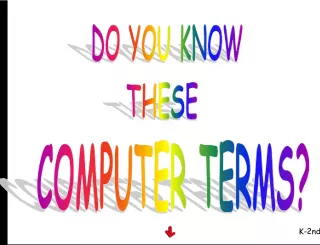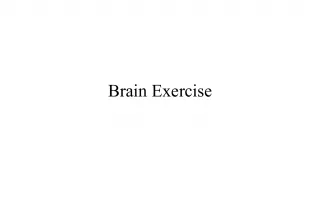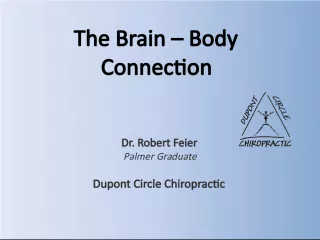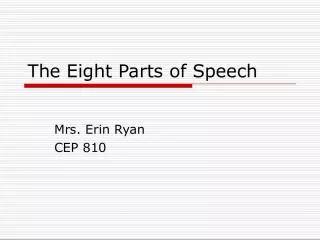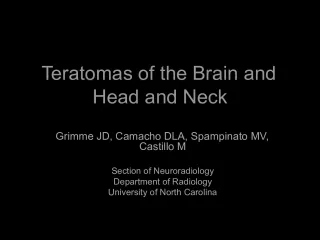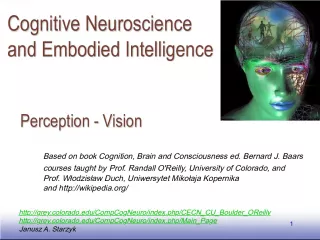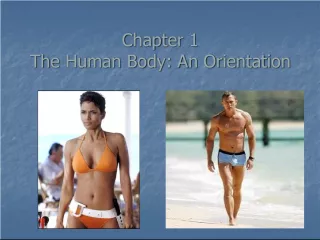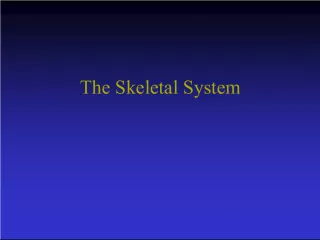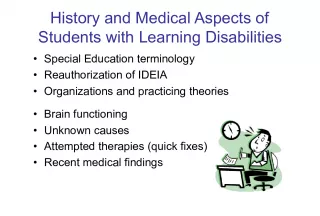The Neurobiology of Emotions: Exploring the Innermost Parts of the Brain


This article explores the cognitive science behind emotions and delves deep into the brain structures that mediate them, including the hypothalamus, limbic system, limbic cortex, amygdala, and brainstem. It discusses the shortcut the brain takes to process emotions and the main purpose of the innermost part of the brain: survival.
- Uploaded on | 5 Views
-
 rebecca777
rebecca777
About The Neurobiology of Emotions: Exploring the Innermost Parts of the Brain
PowerPoint presentation about 'The Neurobiology of Emotions: Exploring the Innermost Parts of the Brain'. This presentation describes the topic on This article explores the cognitive science behind emotions and delves deep into the brain structures that mediate them, including the hypothalamus, limbic system, limbic cortex, amygdala, and brainstem. It discusses the shortcut the brain takes to process emotions and the main purpose of the innermost part of the brain: survival.. The key topics included in this slideshow are Cognitive science, neurobiology, emotions, amygdala, limbic system,. Download this presentation absolutely free.
Presentation Transcript
1. COGNITIVE SCIENCE 17 Neurobiology Of Emotions Part 2 Jaime A. Pineda, Ph.D.
2. The main purpose of the innermost part of the brain is survival To Get at Emotion, Go Deep... Amygdala is deep within the most elemental parts of the brain.
3. Cognition and Emotion The brains shortcut for emotions
4. Brain Structures That Mediate Emotion Hypothalamus Limbic System limbic cortex amygdala Brainstem
5. Hypothalamus (Under the thalamus) What is it? A deep brain structure made up of a number of nuclei Where is it? Base of the fore brain Behind the optic chiasm Forms part of the walls of the 3rd ventricle Contiguous with infundibular stalk to pituitary
7. Hypothalamus What does it do? Integration of emotional response Forebrain, brain stem, spinal cord Sexual response Endocrine responses neurosecretory oxytocin, vasopressin
8. Hypothalamus How do we know that it integrates emotions and behaviors? Ablation studies Stimulation studies Primary Emotions: Fear and Anger
9. Ablation Studies Cats Remove cerebral hemispheres: rage Remove hemispheres and hypothalamus: no rage
10. Stimulation Studies on Cats Lateral hypothalamic stimulation: rage, attack Other areas: defensive, fear
11. Hypothalamus: Routes of information Input from: cortex (relatively unprocessed) Output to Reticular Formation
12. Brainstem: Reticular Formation Brainstem web 100+ cell groups Controls sleep-wake rhythm Arousal Attention
13. Reticular Formation Receives hypothalamic and cortical output separate descending projections that run parallel to volitional motor system Output to somatic and autonomic effector systems cardiac, respiratory, bowels, bladder Coordinates brain-body response
14. Limbic System Higher Cortical Processes (Secondary Emotions) Why do humans feel embarrassed with flatulence and dogs dont?
15. Limbic System Link between higher cortical activity and the lower systems that control emotional behavior Limbic Lobe Deep lying structures amygdala hippocampus mamillary bodies
16. Limbic Lobe What is it? Cingulate gyrus Parahippocampal gyrus Where is it? Encircles the upper brain stem around corpus callosum
17. Limbic System What does it do? Integrates information from cortical association areas How do we know this? Kluver - Bucy Syndrome
18. Kluver - Bucy Syndrome Removal of temporal lobe in animals Pre-op aggressive, raging Post-op docile, orally fixated, increased sexual and compulsive behaviors
19. Kluver- Bucy Syndrome in Humans Severe temporal lobe damage tumors, surgery, trauma Visual Agnosia Apathy/ placidity Hyperorality Disturbance in sexual function (hypersexuality) Dementia, aphasia, amnesia
20. Additional Structures in Limbic System Hippocampus learning/ retrieval of memory Circuit of Papez
21. Circuit of Papez First localization of Emotion (Overemphasized role of hippocampus) (Left out the amygdala)
22. Amygdala What is it? Nuclear mass Where is it? Buried in the white matter of the temporal lobe, in front of the hippocampus
23. Amygdala Almond
24. Amygdala: What Does It Do? Connects to: olfactory bulb and cortex brainstem and hypothalamus cortical sensory association areas Emotional Association Area
26. Amygdala and Learned Emotions Learned fear: rats and classical conditioning Conditioned emotional response Abolish fear response cut central nucleus from amygdala OR infuse NMDA antagonist into amygdala during learning
